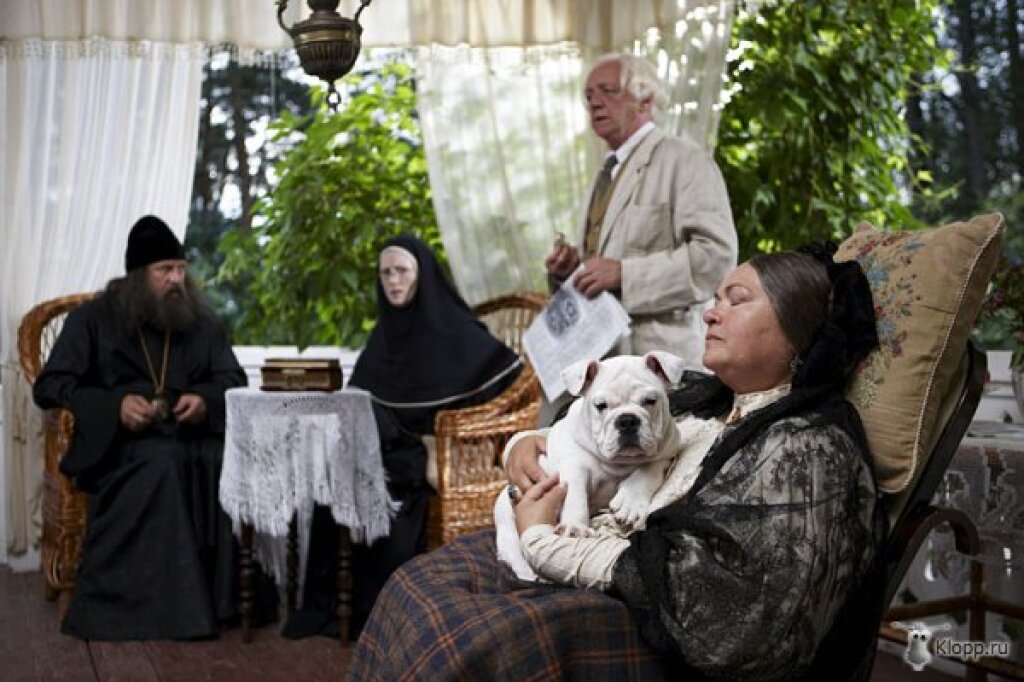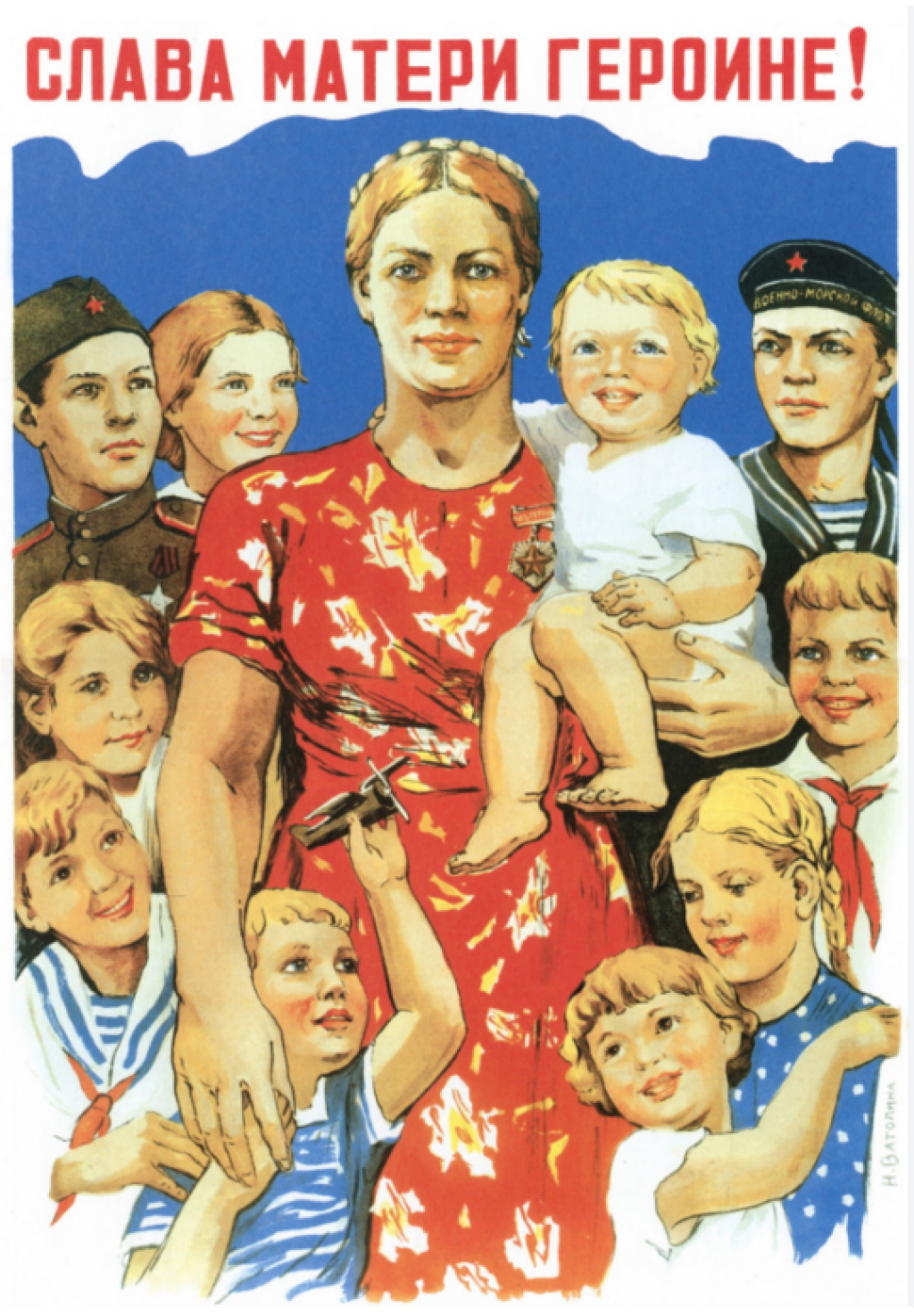David Bering-Porter is Assistant Professor of Culture and Media at the Eugene Lang College of Liberal Arts at The New School.
[Note: This is Part I of a two-part post. Part II will appear on Monday, 02/26.]
Necrorealism emerged as an art movement in the last decades of the Soviet Union, making its first appearance on the cultural scene in the late 1970s. Characterized by monochrome images and bizarre antics, necrorealism puts the emphasis of their aesthetic squarely on the body. For example, the cinematic work of Yevgeny Yufit, one of the leading figures in the movement, deliberately displays a primitive, low-budget style that can seem more like the documentation of a happening than a narrative film. The figures on screen carry out absurd actions with complete seriousness and even though most of the necreorealist’s work was largely made in a period surrounding the fall of the Soviet Union, the films give the impression of being much older. Early members of the group seemed to adopt a proto-necro-realist aesthetic more as a lifestyle than an art form and they practiced this as a way of living that relied upon a kind of radical disinterest in political or cultural pursuits.
This lifestyle was characterized not through a conspicuous presence in media but through a series of absurd and violent happenings that took place as a deliberate provocation to the public. The anthropologist Alexei Yurchack has described the members of this unusual movement as “non-Soviet Soviets” who resisted the oppressive political regime not through direct action against, or in subversion of, but simply by a refusal to acknowledge it altogether. If one mode of resistance to a system over-invested in politics was to forego political endeavors in favor of ‘deeper truths,’ the response of the necrorealists was to forego sense, language, and truth as much as possible, focusing instead on brute physicality and biological metaphors that they used to describe the basic or grounding conditions of existence. Necrorealism was a foreclosure of politics and the very ground upon which the political was based focusing instead on a practice of a politics of refusal or stupidity; a politics that focused on a return to “bare life” as a form of living that was on beyond resistance.
The peculiar style of life, art, and action practiced by the necrorealists in their early appearances was part of a larger tradition in late Soviet culture that exhibited a mode of excessive irony. Pulled between two world-powers, communism and capitalism, these movements relied upon an aestheticization of life to provide some buffer from the pressures of the Cold War. Writing about various late Soviet movements, of which necrorealism was one, Yurchack argues that, “in the early 1980s, the style of everyday living and interacting they had perfected was a grotesque version of an aesthetic of irony that became particularly widespread during late socialism. This lifestyle was so densely aestheticized that the living itself turned almost into an art project.” The necrorealists seemed to take this aesthetic one step further, pushing this densely aestheticized life towards the brute realities of biological life. To call this a mode of resistance might be inaccurate, in fact this was explicitly not a political resistance, but a sort of bland acceptance of everything. In necrorealism, this was best expressed through the raw experience of the organism, something not beyond but beneath good and evil or the vagaries of taste. However, this was not a regression, a devolution, but rather a turn away from life, a state between living and dead, a kind of undeadness.
Art could be used as a defense against the hyper-political milieu of the Cold War, but it could be used as a defense in a more mundane way as well. During these absurd and sometimes violent happenings carried out by members of the necrorealist movement, it was quickly discovered that having a camera and framing the events taking place as a form of “art,” rather than simply a disturbance, was an excellent way of avoiding and protecting themselves from the police. Thus, art, and aestheticization, was not simply a practice of acceptance or resistance, but rather a kind of protective shell that grew out over the necrorealists themselves. The camera itself became the dividing line between the chaos and contingency of bare life and the more rarified world of art and thus making the camera, and in this case cinema in particular, into a passage between the two, a medium in more ways than one.



